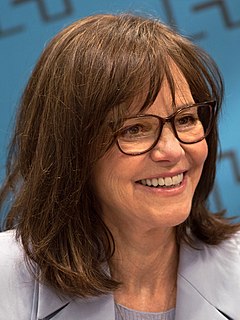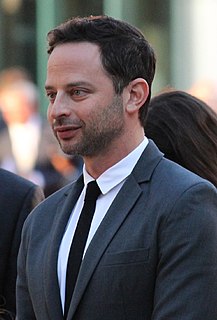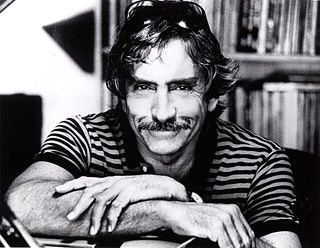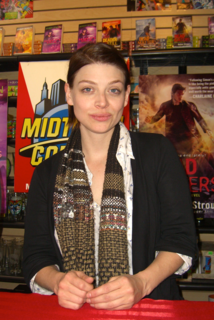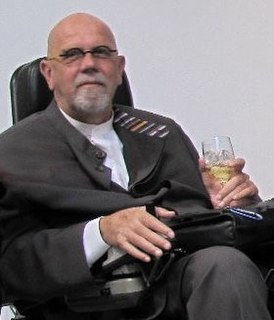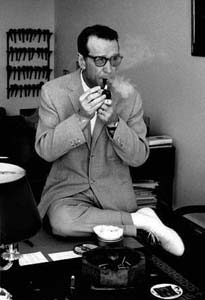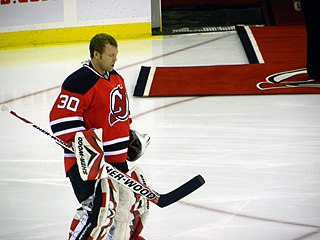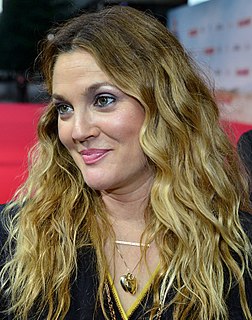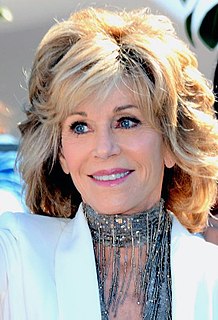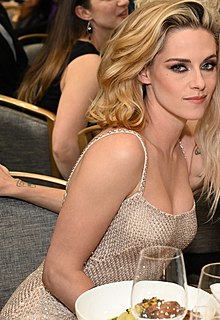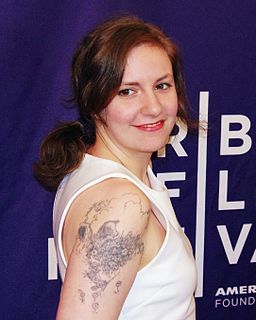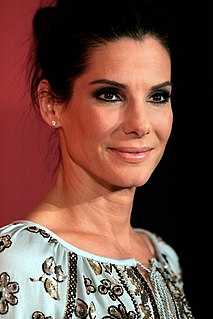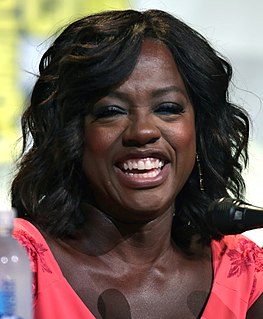A Quote by Sally Field
If you have the opportunity to play these characters that are three-dimensional and very deeply rooted in an emotional level, they stay with you. They lived in you anyway, the density of them. It takes a while to realize how they've influenced you.
Related Quotes
For me, the best characters are the ones that feel fully formed inside and out, so I try to have a very clear vision of exactly what they would wear, top to bottom, who they are, what their backstory is, what their family situation is, who are their friends, just creating as much of a three-dimensional character [as possible]. Because I think you could do a very broad character, but as long as there's some emotional truth to them you can get away with really crazy things.
What happens in a play is determined to a certain extent by what I thought might be interesting to have happen before I invented the characters, before they started taking over what happened, because they are three-dimensional individuals, and I cannot tell them what to do. Once I give them their identity and their nature, they start writing the play.
It's important for people of colour to have the opportunities to play characters that are as nuanced - as three-dimensional, as human - as the characters who we traditionally see getting to play the protagonist. The good guys and the bad guys. The reason that is important is because it's a better reflection of the reality of the world we live in.
Even when I'm writing animation, I think of them as real people. I think of them as completely three-dimensional beings, even if it's a talking teapot. I don't think of them as one-dimensional drawn characters running around. Maybe that's why, to me, there's really no difference in writing the two - animation versus live action.
I truly believe that to stay home, to learn the names of things, to realize who we live among . . . then I believe a politics of place emerges where we are deeply accountable to our communities, to our neighborhoods, to our home . . . If we are not rooted deeply in place, making that commitment to dig in and stay put . . . then I think we are living a life without specificity, and then our lives become abstractions. Then we enter a place of true desolation.
I would like to carve my novel in a piece of wood. My characters—I would like to have them heavier, more three-dimensional ... My characters have a profession, have characteristics; you know their age, their family situation, and everything. But I try to make each one of those characters heavy, like a statue, and to be the brother of everybody in the world.
One of my favorite experiences in my career, certainly one of the most interesting characters I've ever played, was Simon Lee on 'The Event.' That was a show I was quite proud of and a character I really enjoyed playing. It was one of the most three-dimensional characters that was ever written for me and that I'd ever gotten to play.
The thought of the novelist lies not in the remarks of his characters or even in their introspection but in the plight he has invented for his characters - in the juxtaposition of those characters and in the lifelike ramifications of the ensemble they make: their density, their substantiality, their lived existence actualized in all its nuanced particulars, is in fact his thought metabolized.
